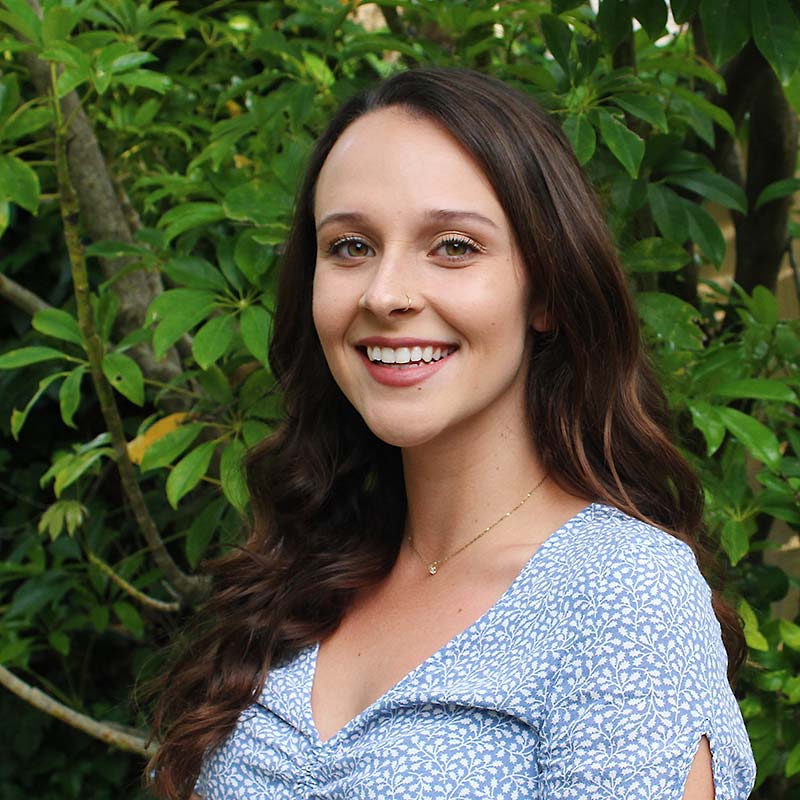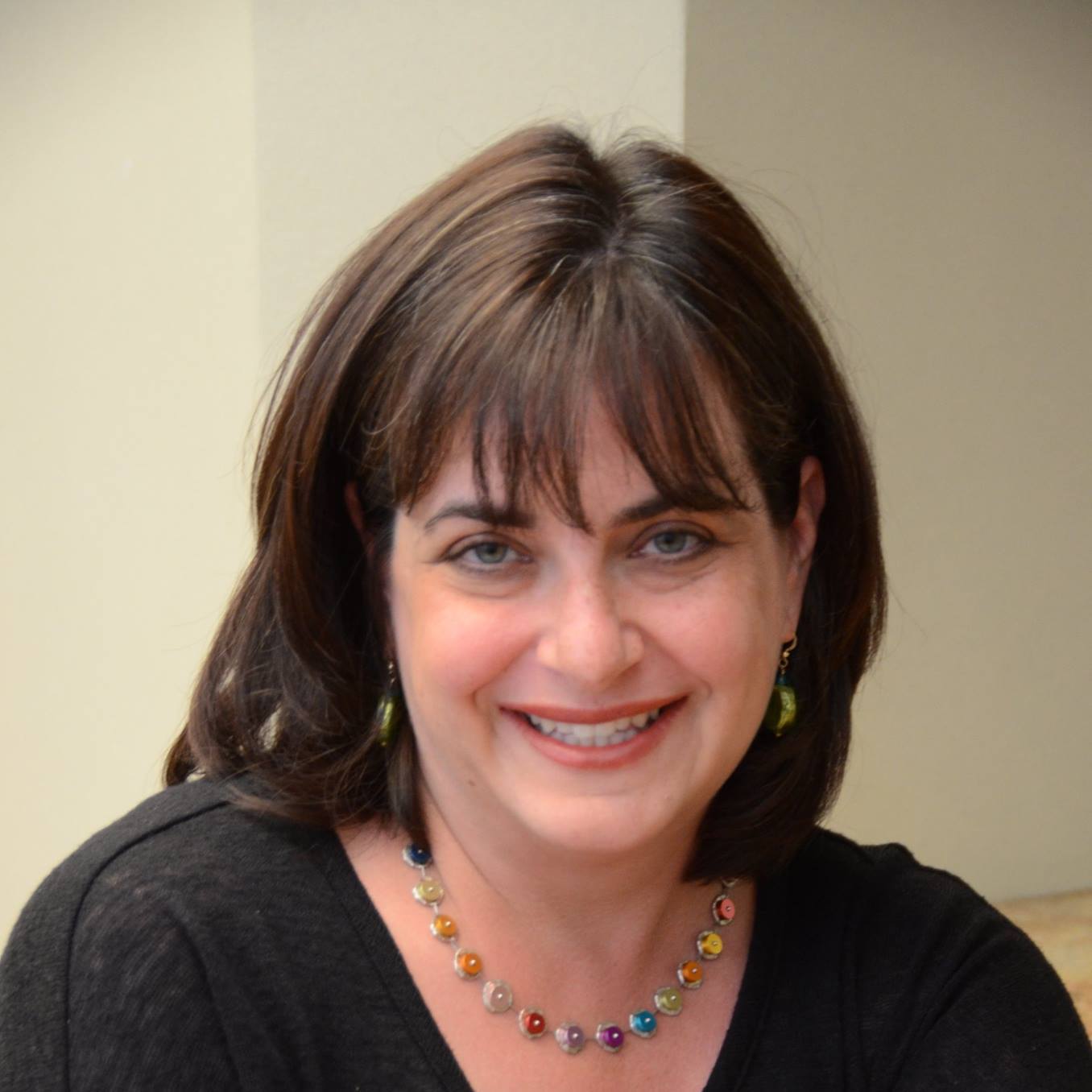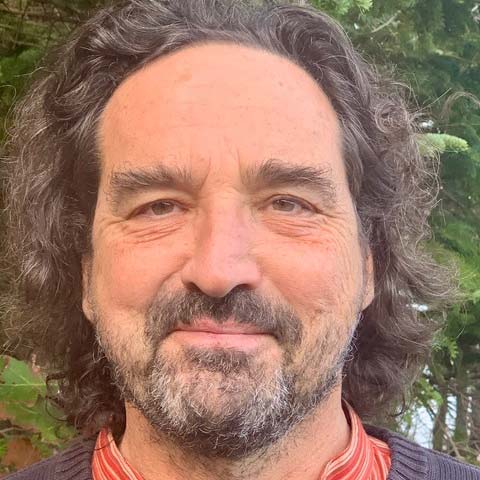In Actor Gal Gadot's Living Room, Schindler's List Survivor Inspires Generations
Wonder Woman star Gal Gadot opened her Los Angeles home to friends and family earlier this week to commemorate Yom HaShoah by hosting an intimate conversation with Holocaust survivor Celina Biniaz, the youngest female on Oskar Schindler’s famed list.
As the evening sky deepened over the twinkling lights of Los Angeles visible through the floor-to ceiling-windows behind her, Celina, 91, told a group spread on the sofas, chairs, and rugs of Gadot’s living room how she and her family survived the Krakow Ghetto, Nazi labor camps, and Auschwitz-Birkenau Concentration Camp before being rescued by Oskar Schindler, the German businessman who saved more than 1,000 Jews from the Holocaust.
The 50 guests at Gadot’s home included numerous children, as well as actors Sacha Baron Cohen, Isla Fisher, and Harvey Keitel, and Wonder Woman director Patty Jenkins. Award-winning Israeli composer Tomer Adaddi led the group in song.
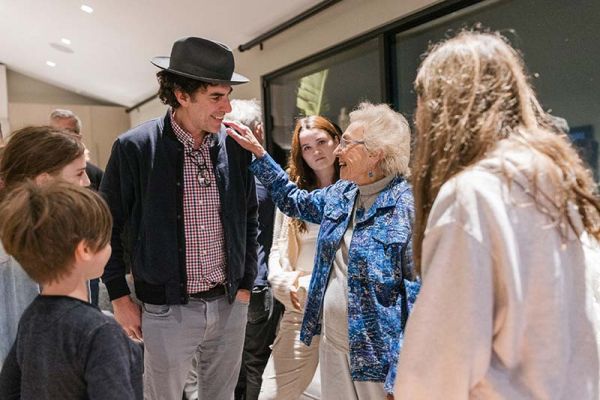
Celina engaged in conversation with guests and Gadot, an Israeli actor whose grandfather was sent to Auschwitz at the age of 13 and was the only member of his family to survive the Holocaust.
“Hearing her testimony about the horrors she and her family went through and seeing the strong inspiring woman she became left no dry eye in the room,” Gadot wrote in an Instagram post.
The remarkable program was a Zikaron BaSalon event. Zikaron BaSalon is a grassroots Israel-based initiative that brings Holocaust survivor experiences into homes and common spaces around the world. USC Shoah Foundation has partnered with Zikaron BaSalon to create intimate gatherings centered around recorded Holocaust testimony and was instrumental in connecting Gadot with Biniaz, a longtime friend of USC Shoah Foundation. Both Biniaz and her mother, Phyllis Karp, recorded testimony for USC Shoah Foundation’s Visual History Archive in 1996.
For many years after the war, Celina was reluctant to share her story because she feared no one could comprehend what she had been through. That changed in 1994, when Steven Spielberg brought Oskar Schindler’s story to the screen with Schindler’s List and established Survivors of the Shoah Visual History Foundation, which later became USC Shoah Foundation.
Celina often says that “Oskar Schindler gave me life, but Steven Spielberg gave me a voice.”
Some of Celina’s testimony was included as an extra feature on a DVD release of Schindler’s List, to help fight Holocaust denial.
At a gala celebrating the 20th anniversary of USC Shoah Foundation, where President Barack Obama was honored, Spielberg recognized Celina as a “living symbol” of why he established the Visual History Archive.
Since she began sharing her story nearly 30 years ago, Celina, a retired special education teacher, has continued to speak to audiences around the country. And in 2022 she published her biography, Saved by Schindler: The Life of Celina Karp Biniaz, authored by William B. Friedricks.
“I am so glad that new audiences will learn about Celina’s story through her powerful book,” Spielberg said. “As she continues to share her message about love over hate, her resilience in the face of all that she experienced remains an inspiration to me.”
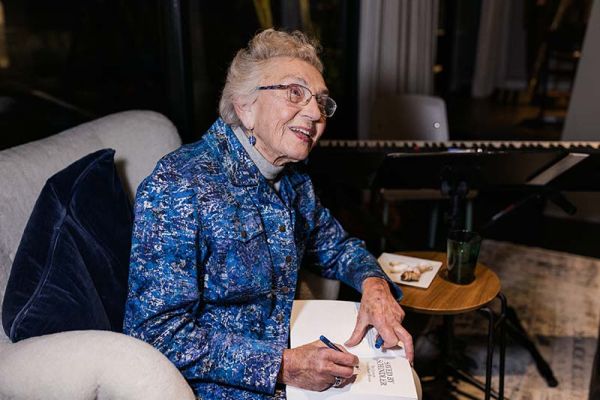
Saved by Schindler takes the reader from Celina’s happy childhood through the turbulent years of World War II and on to her post-war life in the United States, where Celina’s family settled in Des Moines, Iowa. She completed her education, became a teacher, and lived in New York state with her husband and two children. She now lives in Camarillo, California.
Celina Karp was eight years old when Germany invaded Poland and Nazi troops swept into her hometown of Krakow in 1939.
Prior to World War II, Irvin and Phyllis Karp had both worked as accountants and kept a comfortable middle-class lifestyle in their predominantly non-Jewish Krakow neighborhood.
According to Celina, the German invasion marked the start of a “totally unsettled life.” Celina’s school was closed and, as a general fear settled over the neighborhood, her parents began selling their valuables. In March 1941, German authorities forced the Karps and an estimated 16,000 other Jews into what became known as the Krakow Ghetto.
Prior to the war, Irvin had worked for a clothing factory that, in 1940, was taken over by Austrian businessman Julius Madritsch, who in Saved by Schindler Celina describes as an “an exceptionally decent human being.”
Madritsch continued to employ Irvin at the factory and later brought Phyllis on board, which afforded the Karps extra resources and a measure of protection from deportation.
Irvin and Phyllis were able to bribe a neighbor in the Krakow Ghetto to add two years to Celina’s age and thereby receive a “blue card” permit to join her parents at Madritsch’s factory during the workday. Celina began sewing uniforms “like she had done it all her life,” her mother Phyllis noted in her own USC Shoah Foundation Visual History Archive (VHA) testimony.
In 1943, the Nazis liquidated the Krakow Ghetto, killing thousands of Jews and sending thousands more to almost certain death in concentration camps. The Karps were transported to the nearby Plaszow Concentration Camp, where they were forced to live in the camp barracks but able to continue to work in the relative safety of Madritsch’s factory. In late 1944, as the war was drawing to an end, Oskar Schindler entered the picture with a proposal that would forever change Celina’s life.
She described the fateful day in her 1996 testimony.
“It was at that time that Schindler came to Madritsch and made him a proposition. [Schindler] said ‘I'm taking my people to Czechoslovakia. Why don't you reestablish a factory in Czechoslovakia?’ Madritsch said he didn't want to, that he'd had enough of the whole thing. But then Schindler said ‘I am making a list of people that I'm taking with me, and because we are friends, I want you to give me some names of your people.’ And that's how we got on Schindler's List. And that's how we survived.”
But despite finding themselves on Schindler’s List, the Karp family’s ordeal was far from over.
Celina’s father Irvin was sent to Schindler’s new factory in Brünnlitz, now Czechoslovakia. In the chaos and confusion caused by Russia’s rapid military advance, the transport Schindler had arranged for the women on his list—including Celina and Phyllis—instead took them to Auschwitz.
In her VHA testimony, Celina described their arrival at the concentration camp:
“… we ended up in Auschwitz in the middle of the night. That was a horrible experience…The smell of burning flesh, shouting orders, not knowing which way to go, music being played, the slush, the mud on the road. The Germans barking at us. 'Get Out', 'Get Out', 'Get out' from the cattle cars…And [suddenly] realizing where we were. And, you know, the fear that this was the end.”
Celina and her mother were then forced to strip naked.
“They shoved us in the shower room and we didn't know what to expect, whether we were going to have the gas or whether they were going to have actual water. It was a horrible experience. When the water finally came, it was just like we couldn't believe it,” she said in her testimony.
In Saved by Schindler, Friedricks describes the moment when Dr. Josef Mengele, known as the Angel of Death, steered Celina to the left, toward the gas chamber.
“But then for whatever reason, Mengele reconsidered his decision and ordered those designated for death to file past him a second time. When it was Celina’s turn to pass by Mengele again, she stopped, looked up at him with tears in her eyes and said in German, ‘Lassen Sie mich’ (‘Let me go’). Remarkably, Mengele pointed her to the right and she gathered up her clothes and ran from the building, sobbing uncontrollably.”
About five weeks after Celina’s arrival, Oskar Schindler arrived at Auschwitz to secure the release of the women on his list who had mistakenly been sent there. Celina and her mother were transported to Brünnlitz, where Celina lived and worked at Schindler’s factory. On May 7, 1945, Russian soldiers liberated the area, and Celina, then almost 14 years old, finally had her first taste of real freedom.
Oskar Schindler and Julius Madritsch were later recognized by Yad Vashem as “Righteous Among the Nations” in honor of how they risked their lives to save Jews during the Holocaust.
At the event at Gal Gadot’s home, Biniaz emphasized the power of every individual to do good. As Gadot wrote in her post:
“At the end of her testimony Celina looked at me and said, ‘Life is just like what you said in your Wonder Woman movie—only love can save the world,’ and this moment will stay with me forever.”
Saved by Schindler: The Life of Celina Karp Biniaz can be found in bookstores and online.
